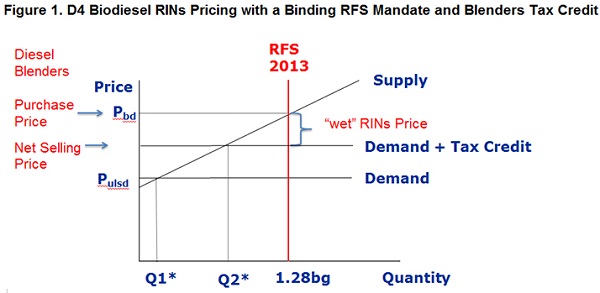According to the Office of Naval Research (ONR) a recent field test that entailed Marines wearing a solar-powered system to extend the battery life of crucial electronic devices was successful. The exercise took place at the Naval Surface Warfare Center Dahlgren Division. The Marine Austere Patrolling System (MAPS) combines solar power and an individual water purifier to help lighten the load of Marines conducting lengthy missions in remote locations with few or no options for resupply.
 “The primary challenge facing the Marine Corps in expeditionary environments is that we’re carrying too much weight,” said Capt. Frank Furman, logistics program manager for ONR’s Expeditionary Maneuver Warfare and Combating Terrorism Department.
“The primary challenge facing the Marine Corps in expeditionary environments is that we’re carrying too much weight,” said Capt. Frank Furman, logistics program manager for ONR’s Expeditionary Maneuver Warfare and Combating Terrorism Department.
Furman noted that MAPS gives individuals the ability to manage power and filter water on the move. A key feature is a flexible solar panel, about the size of a piece of paper, made possible by breakthroughs at the Naval Research Laboratory.
The new gear proved to be a go-to power source to keep radio communications up and running during the field test with the 1st Battalion 5th Marines at the Mountain Warfare Training Center in Bridgeport, California. While in a remote mountainous area, company and platoon commanders had to rely on Marines using the MAPS gear because their radios were the only ones that still had power.
“As engineers, we rely heavily on Marine feedback to improve system function, form and fit,” said Justin Miller, MAPS lead systems integrator. “Actually observing Marines use the system in this challenging terrain to sustain their gear is very positive, because we can incorporate their feedback into the design.”
Marines use an exceptional amount of electronic devices including radios, night-vision goggles and GPS systems. Each comes with its own set of batteries and spares, which can add several pounds to what they have to carry and charge.
“Marines planning a 24-hour mission may need four batteries, but we bring eight as a safety factor, because we can never risk running out completely,” said Furman, an infantry officer who served in two tours to Afghanistan. “MAPS provides two benefits. First, we can lessen the risk of batteries running out completely. Second, the weight of spare batteries and extra water is eliminated. This directly affects on our endurance and ability to move and stay alert.”
For a 96-hour patrol, MAPS has the potential to reduce the weight of batteries and water carried by a Marine from more than 60 pounds to 13 pounds. The system’s ability to sustain Marines for longer stretches reduces the need for dangerous logistics resupply operations, a goal stated in the Marine Corps Expeditionary Energy Strategy and Implementation Plan.











